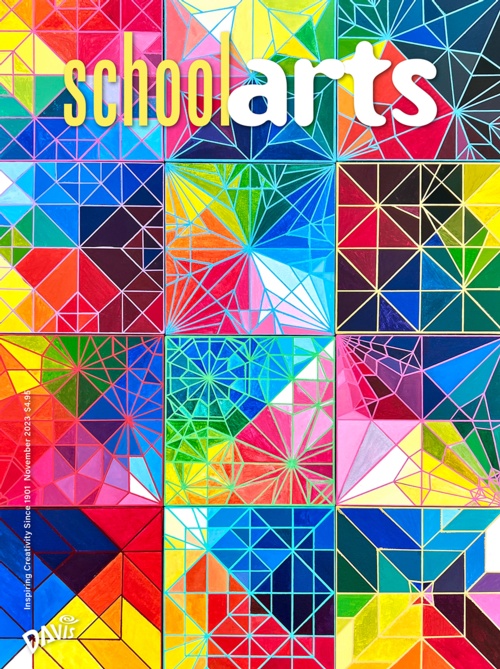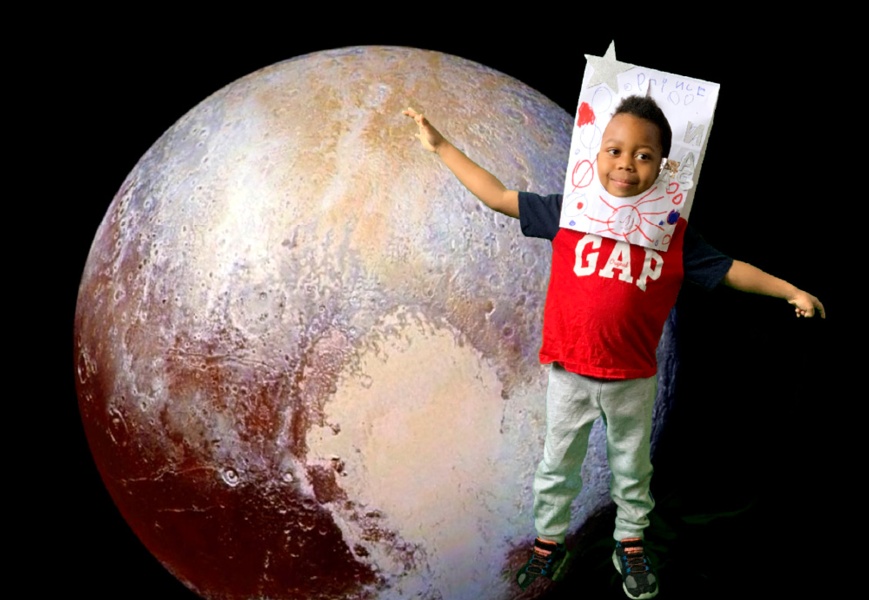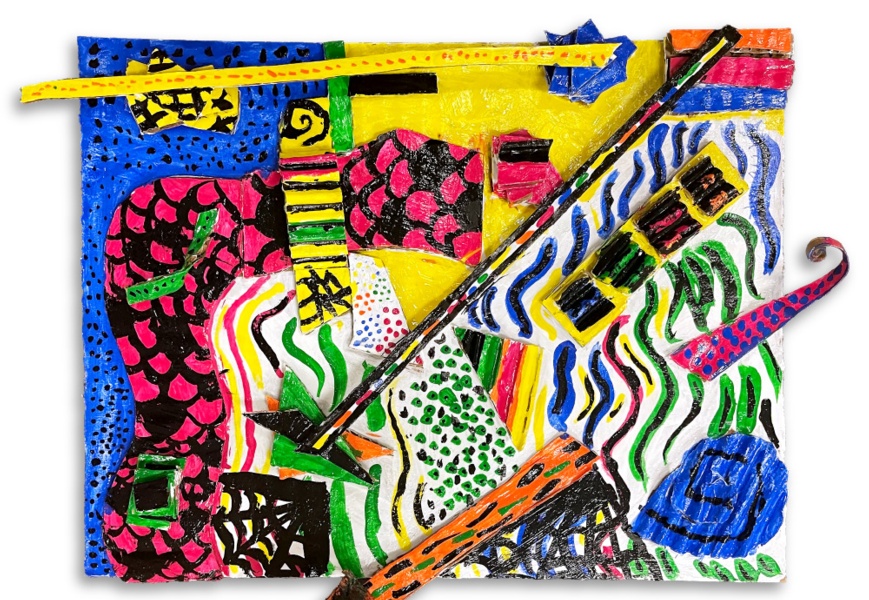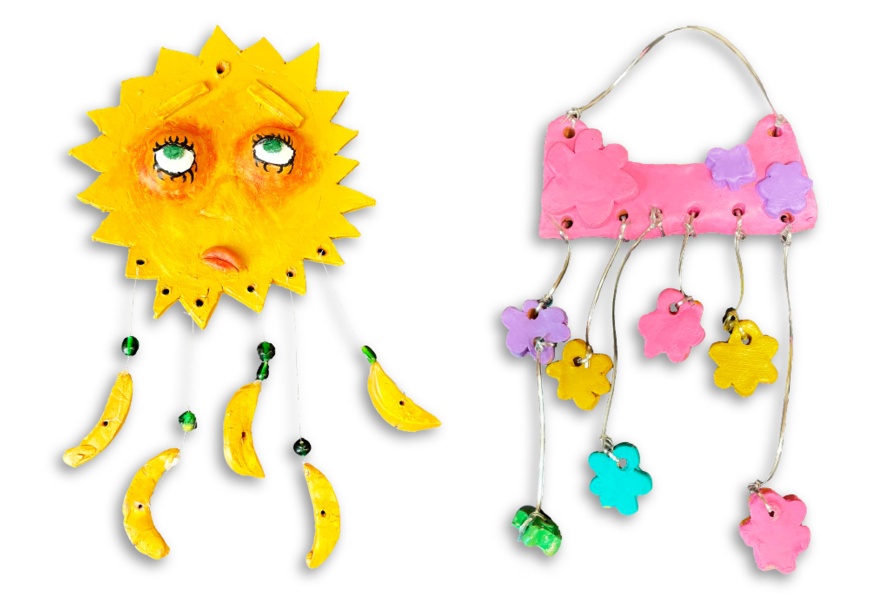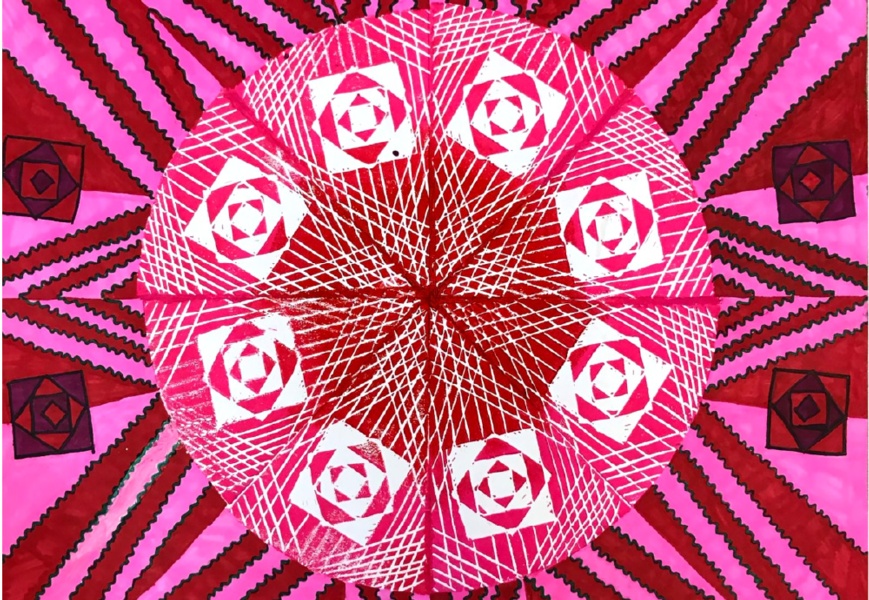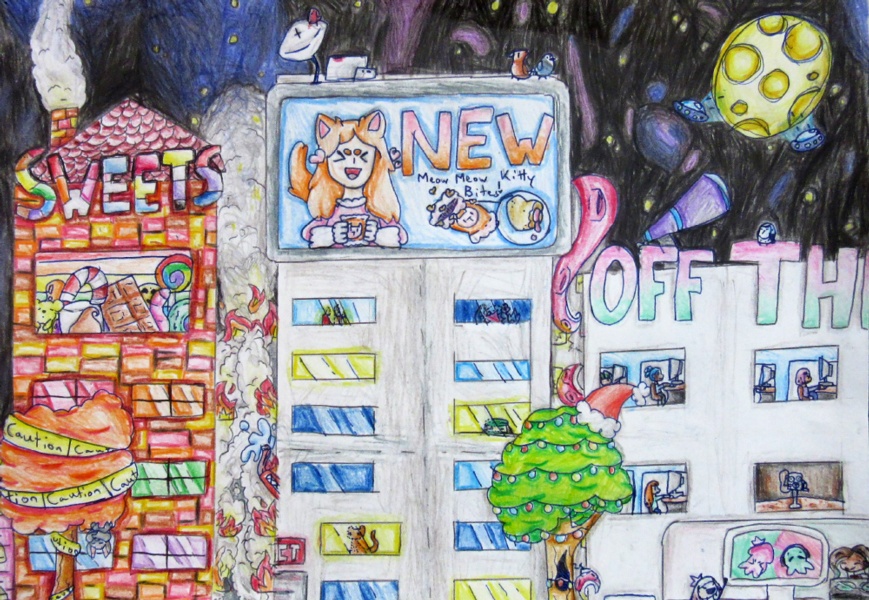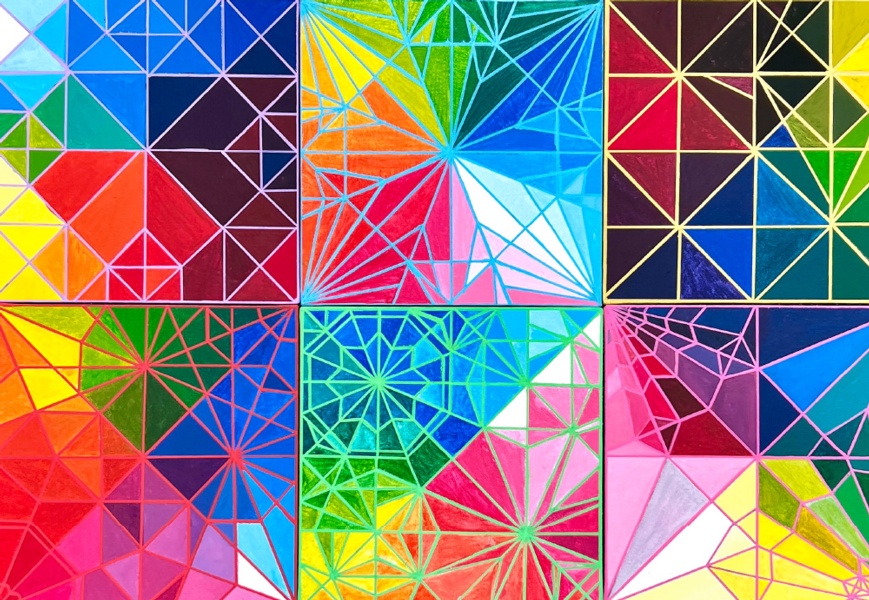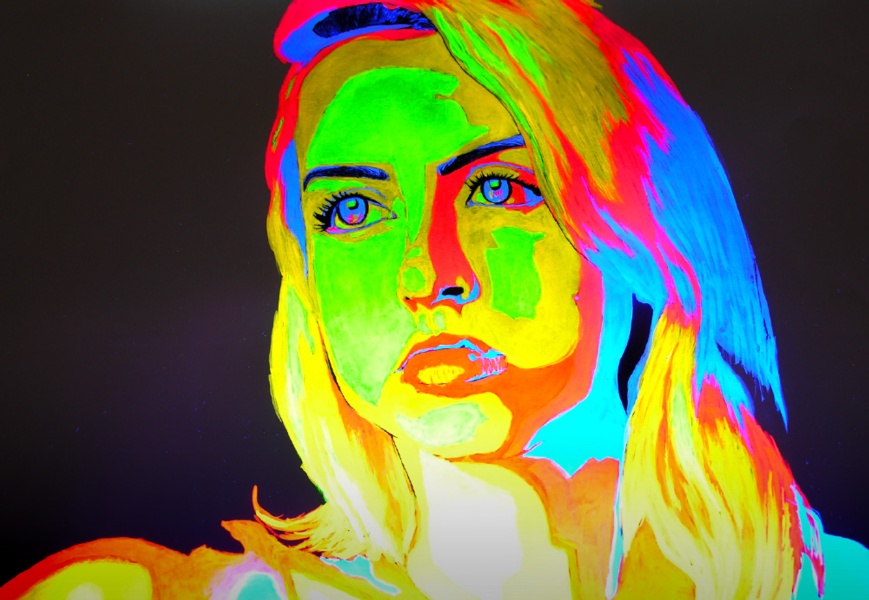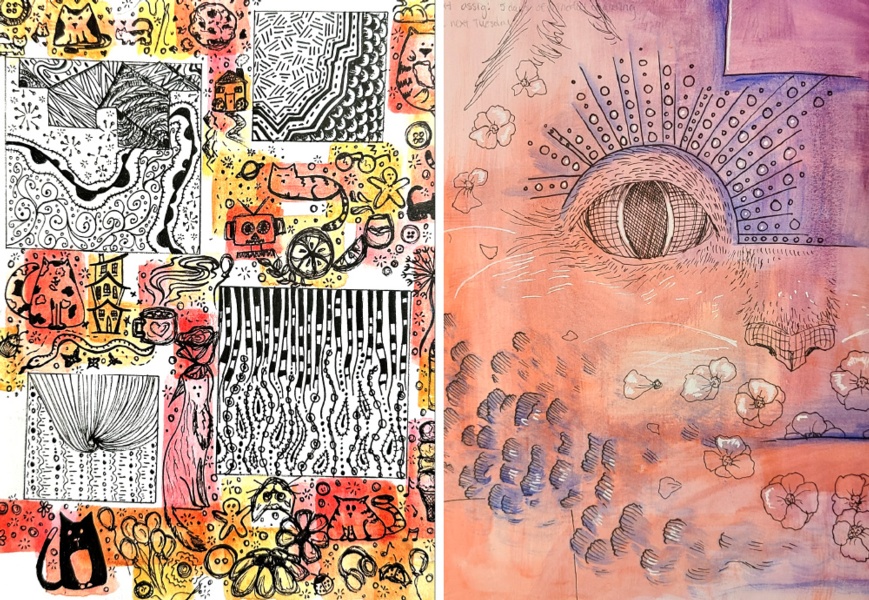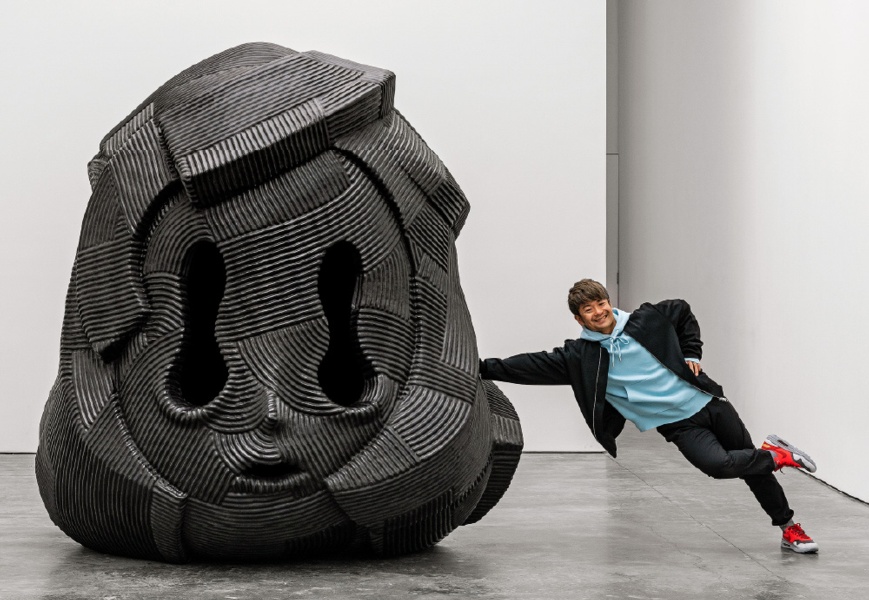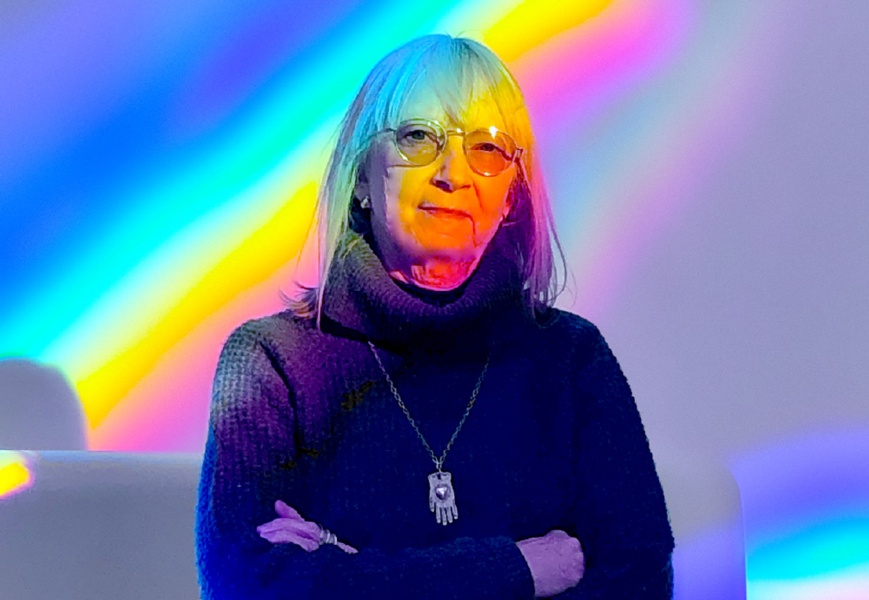
Editor’s Letter: Interdisciplinary Connections
As an elementary art teacher, I was always curious about what interdisciplinary connections I could make in the art room. An art-centered interdisciplinary focus provides students with opportunities to solve problems and make meaningful connections within the arts and across disciplines. These critical thinking skills naturally cross curricular borders and positively impact learning between and among content areas.
Read Article
